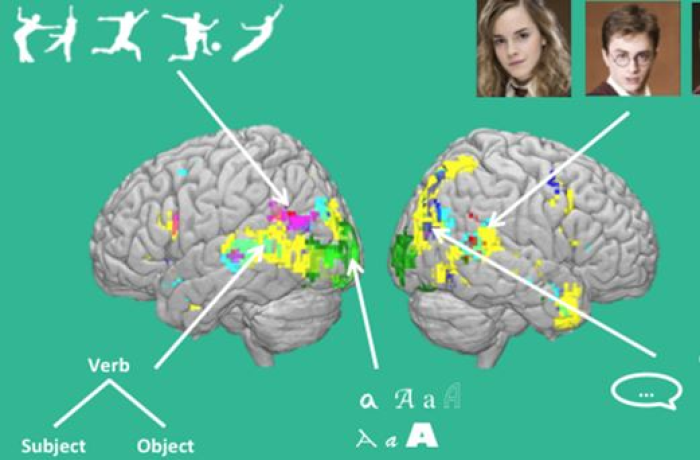Why is rote learning of knowledge and strategies important in numeracy?

This post is again using Dan Willingham’s book, Why don’t students like school? The focus is on effective teaching and learning about both knowledge and strategies. Rote learning has been taken out of classroom programs and timetables for a long time – to the detriment of students’ knowledge and the dismay of cognitive researchers. Even calling this “drilling” doesn’t make this process more likeable.
The focus for all effective teaching and learning is cognitive load and the limitations of working memory. Sure, we can all “google” anything we need to find out, but that’s NOT a practical solution when a young student is in the middle of adding two numbers together that are greater than 20. The student’s working memory is overloaded if they can’t automatically access single digit addition facts. Even if there’s access to concrete materials, this doesn’t make any difference to this overload! The addition of two digit numbers requires automaticity in both factual knowledge (addition number facts) and procedural knowledge (thinking steps for completion, like a recipe for how to get the correct answer, instead of making a delicious cake).
Let’s take a simple example where the problem is 27 + 54. Students need to calculate the answer, without the help of a calculator. If they have to focus their attention on the concrete materials for each numeral, for 7 and then 4, they are highly likely to forget where they are up to – which step in the process they are completing, where they need to write their answer and what they need to be thinking next? THAT’s the overload, and their answer is much more likely to be incorrect.
That’s with a simple example, often part of primary or elementary grades. This exact same logic applies to many different examples, especially those in higher grades, that are higher order or abstract like algebra or complex problem solving. The more complex the example – the more likely overload will happen unless knowledge and strategies are automatically accessible.
Rote learning takes considerable time and practice. Rote learning is how we all learn to become automatic in accessing knowledge and strategies: “it’s virtually impossible to become proficient at a mental task without extended practice” (Willingham, 2021, page 119). In numeracy, this extended practice applies to number facts for addition and multiplication, as well as strategies for different types of numeracy tasks. Such practice is NOT simply “busy work” – this is learning to ensure knowledge and strategies are so ingrained in long term memory, that they are easily and quickly accessible whenever needed.
Dan Willingham’s book has an entire chapter devoted to exactly this topic and is well worth reading. In all chapters of his book, he always concludes with classroom implications.
Sure, it’s not important to practice everything we learn to automaticity – teachers need to select which processes support later learning and tasks and ensure their students have practice in these so their recall is automatic. Such practice needs to be spaced over time and completed in a variety of ways that teachers can use to ensure their students are motivated. For more details about the importance of rote learning and practice, check out Dan’s book and stay tuned to next week’s blog post – applying this to literacy.
Categories
- evidence-based (5)
- learning (14)
- literacy and numeracy (8)
- oral language (3)
- oral reading fluency (1)
- parent child reading (2)
- talking and listening (4)
- teacher learning (4)
- well being (1)
Recent Posts
Archives
- July 2022 (1)
- June 2022 (1)
- May 2022 (2)
- April 2022 (1)
- March 2022 (4)
- February 2022 (4)
- January 2022 (2)
- December 2021 (1)
- November 2021 (1)
- October 2021 (2)
- September 2021 (1)
- August 2021 (3)
- July 2021 (3)
- April 2021 (1)
- March 2021 (4)
- May 2020 (1)
- February 2020 (1)

0 Posted Comments
(2 awaiting approval)Post a Comment